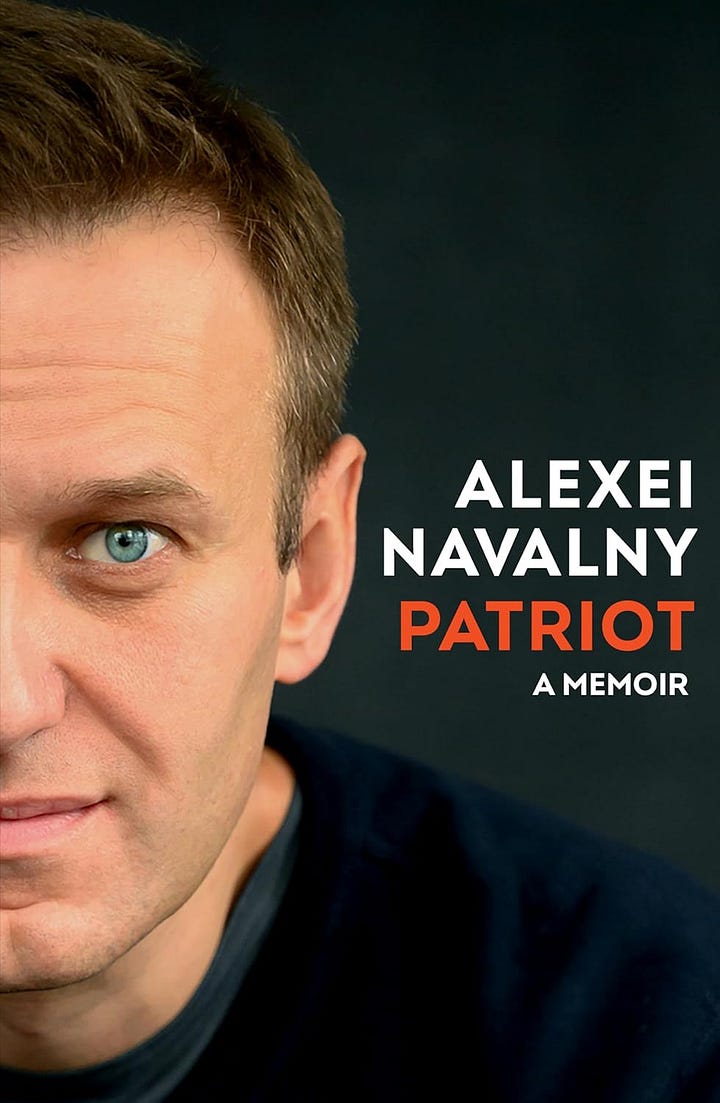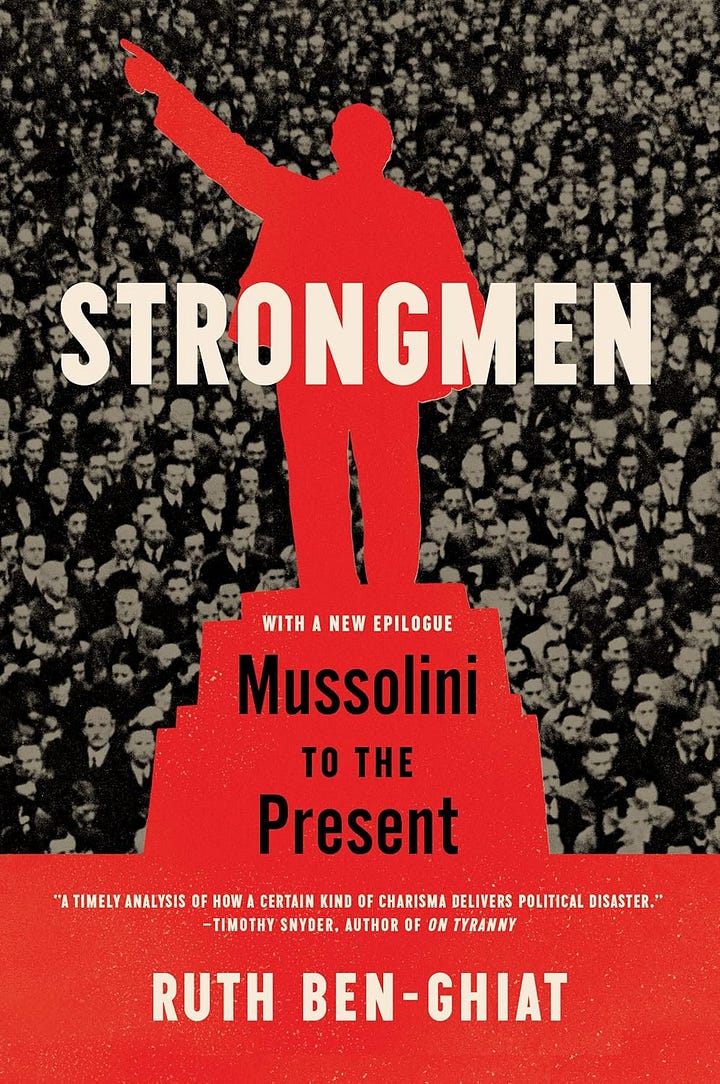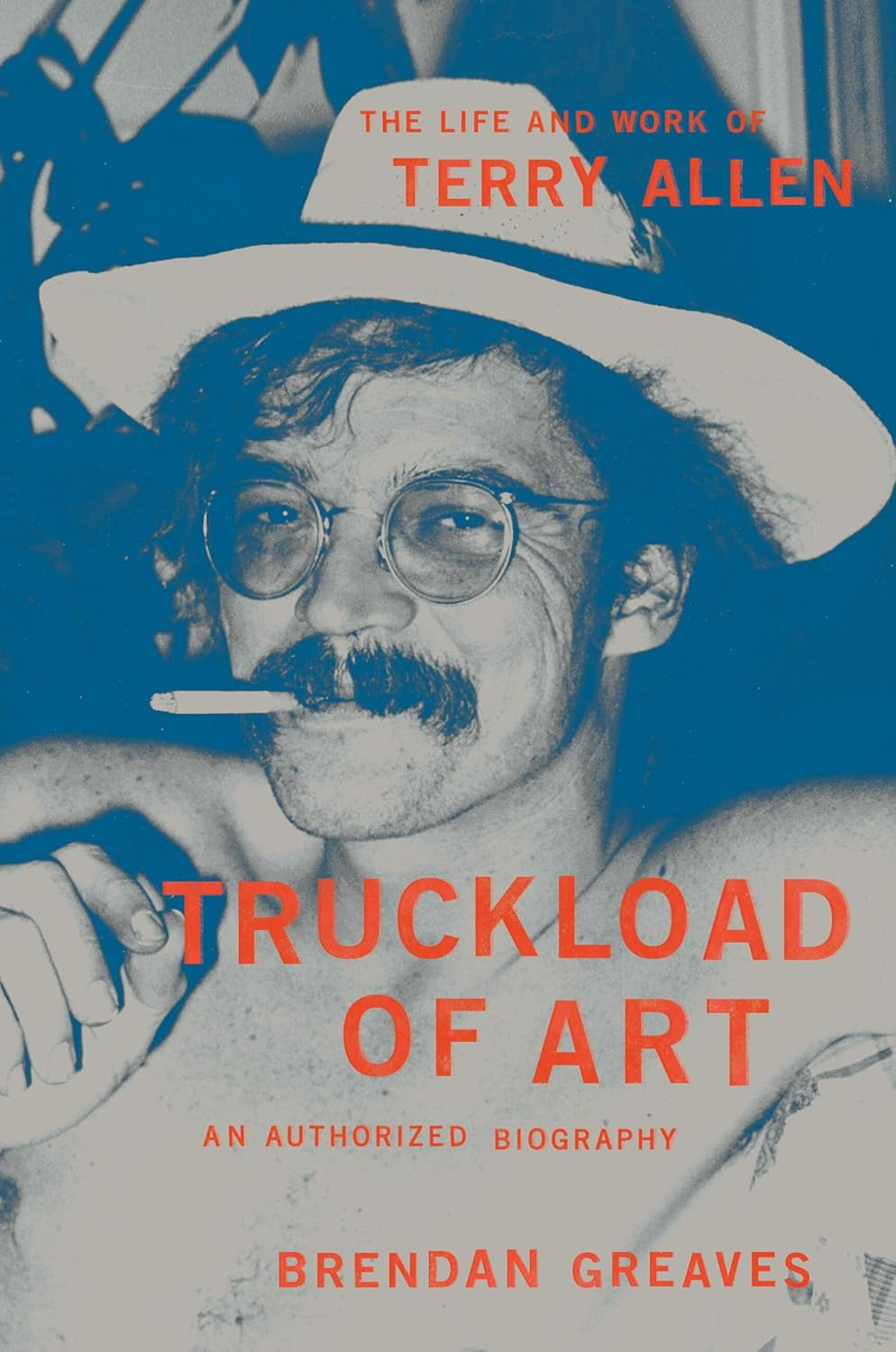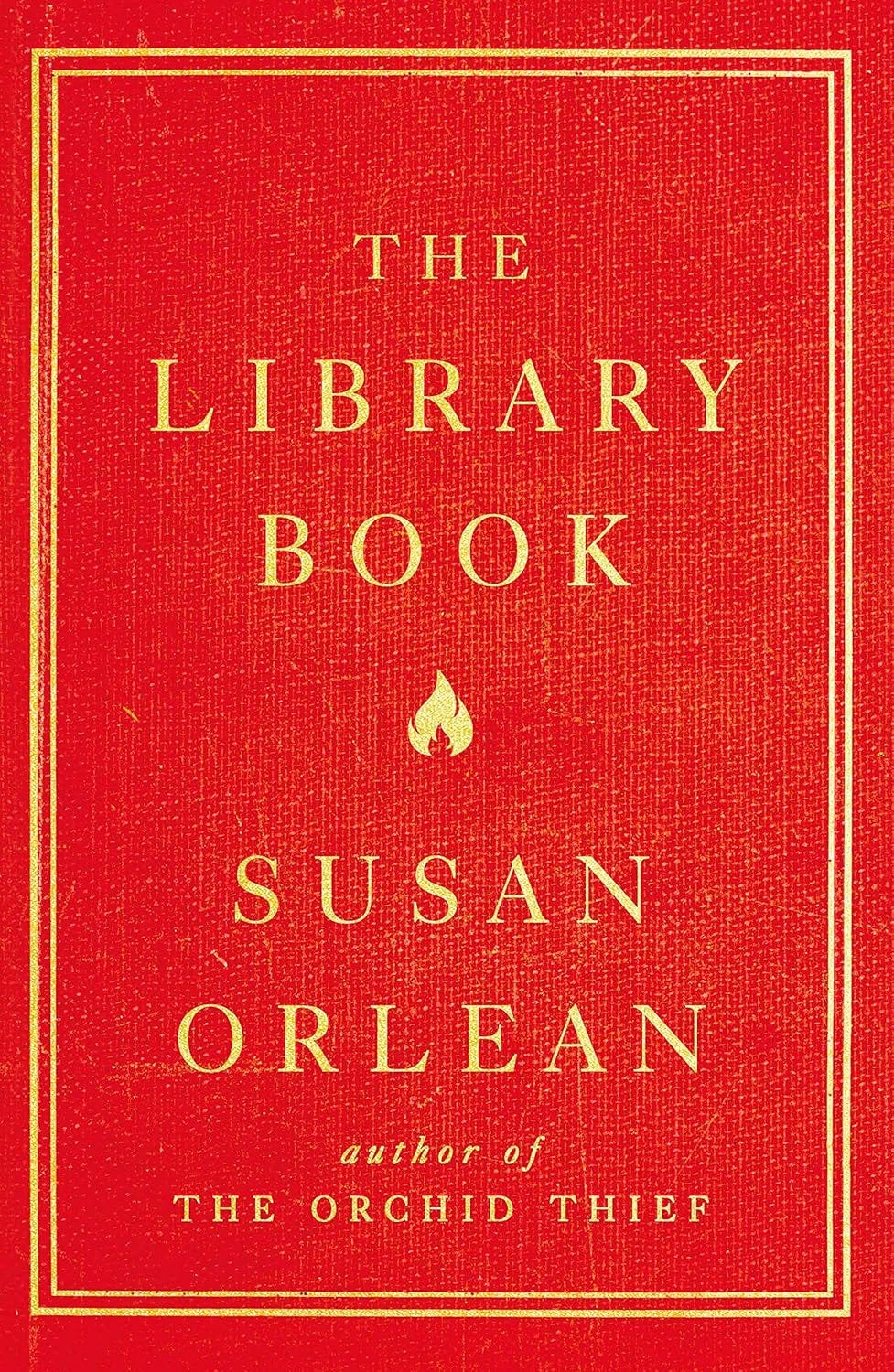2025 has mostly been about reading old comics for my series of 100 comics from my library. Nonethless, it hasn’t been all old comics—I never stop reading other shit. too. I finished a couple of books I started last year, so they get the honor of being the first I completed in 2025.
I powered through this book because I had tickets to see Terry Allen and his band in Galveston in early January. Allen is perhaps the only person to make careers simultaneously as a country singer and a contemporary artist. He is a few years younger than Willie and Waylon and the boys, but almost exactly the same age as the Flatlanders (Jimmie Dale Gilmore, Butch Hancock and Joe Ely). Like the Flatlanders, Allen was from Lubbock. He grew up in as close to an artistic family as you could probably find in 1950s Lubbock—his father was an impresario and his mother a pianist. Allen studied art in California in the 60s where he became enamored of what were then cutting-edge art practices like performance art. Trained by his mother, he started performing music while still in high school. These two strands—contemporary art and country music—sometimes swing apart but for most of Allen’s creative life have been twisted together like a braid. Brendan Greaves is perhaps not the best biographer—he owns the record label that releases Allen’s records, Paradise of Bachelors. We end up with perhaps more about Allen’s sometimes contentious relationship with previous record labels than is necessary. Greaves is a detailed biographer, which becomes slightly boring in the second half of Allen’s life. With most artists, the early years of education, figuring out what it means to be an artist, etc., are the interesting years. Once success arrives, it’s mostly just one triumph after another, with occasional family events—marriages, births, deaths—interrupting. The second half of Truckload of Art is a therefore bit of a slog.
I read Mostly Miniatures by Oleg Graber to attempt to deepen my knowledge of Persian miniature painting. Grabar was a French art historian who was a prolific writer about Islamic arts from the medieval period. I will have more to say about Persian miniatures over the course of the year.
Stephen Baxter is famous for writing “hard science fiction”, a subgenre in which the authors do their best to work out the science of the futures they imagine. It is a popular genre for scientists and engineers to undertake—Baxter studied mathematics at Cambridge and has a doctorate in engineering. Perhaps the best-known master of hard science fiction was Arthur C. Clarke, and while Baxter has never quite reached those heights, he is well-respected and more importantly, a very entertaining writer. However, I rank Fortress Sol as my least favorite Baxter book. I get the impression that Baxter was influenced by Liu Cixin’s Remembrance of Earth's Past trilogy that was published in English in the 2010s. Liu basically created a cosmos in which all species had to hide from alien species because if aliens could find your planet, they would destroy it instantly out of fear that your civilization might do the same to them. It is an extreme version of the school of “realism” in international relations. In Baxter’s version, humanity encounters what they believe is a destructive alien technology and react by building a megaproject that hides the existence of the sun from the rest of the universe. Baxter is not known for compelling characters—that is a weakness in hard science fiction in general. But the characters in Fortress Sol are especially thin. Humanity is so boring in this book that it deserves to be destroyed by aliens.
I mentioned getting this catalog in my post about Canon. This was the monograph that accompanied a huge exhibit at the Centre Pompidou last year called Comics, 1964-2024. I always hope when I get an exhibition catalog like this that I will get a new insight into the artwork, or learn some facts that I previously didn’t know. As handsome as this volume is, none of the information within is new to me nor are its insights particularly revelatory. This is because at this stage in my life, I know as much about comics as the curators and essayists who contributed to this catalog. But for someone who unlike me hasn’t spent the last 45 years thinking about comics there is a lot to gain from Comics, 1964-2024. It’s the kind of beautiful artefact you want from an important art exhibit. The one insight that is perhaps the most important artistic revelation of this exhibit is that in the 1960s, all over the world, the art of comics underwent a renaissance.
Susan Orlean is best known for her book-length reporting in such books as The Orchid Thief. In 1986, the downtown public library in Los Angeles caught on fire, destroying a huge number of books as well as many unique archival objects. This calamity is the inciting event in The Library Book. A man named Harry Peak was tried for arson, but it is impossible to prove how the fire started. Orlean uses this event to discuss the history of libraries in America, the history of this particular library, notable library fires in the past, the functioning of libraries, and the strange case of Harry Peak. The fire at the Los Angeles Library’s downtown branch that day in 1986 triggers dozens of little sidetrips of library lore, a cloud of interesting detours. The Library Book is a penumbra of fascinating related events that collectively are a reflection on the meaning of libraries.


Patriot and Strongmen are two rather grim books about tyrants and how to face them. Timely books for the end of American democracy. I have many thoughts, but I want to marinate with them a bit longer. One thing to know about Patriot, though—Nevalny was murdered in a concentration camp by Putin. This memoir is posthumous.
[Please consider supporting this publication by becoming a patron, and you can also support it by patronizing our online store. And one more way to support this work is to buy books through The Great God Pan is Dead’s bookstore. ]








